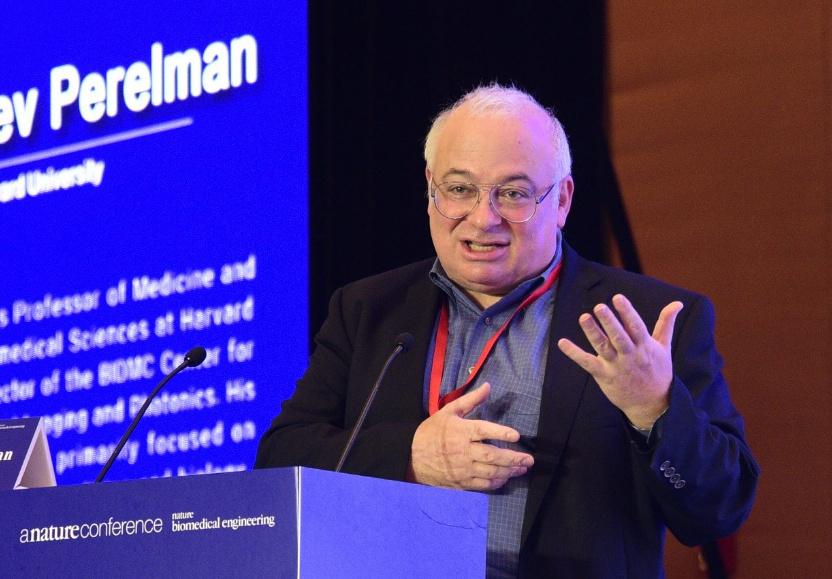
Optical spectroscopy has emerged as a valuable tool to study live biological tissue at various scales and detect early disease in the human body. While fluorescence and Raman spectra are sensitive to molecular properties
of tissue, light scattering spectra, originating from the extracellular matrix, subcellular structures, and other tissue inhomogeneities, carry information about tissue microscopic and macroscopic organization.
In this talk we will discuss how scattered light can be used for noninvasive detection of invisible pre-cancer in such diverse organs as the esophagus or pancreas that seem to have little in common. We will show,
however, that since pre-cancer in many organs is characterized by certain microscopic changes in epithelial cells, such as increase in nuclear size and nuclear density, light scattering signatures of those precancers
are quite similar, allowing early cancer imaging and detection without the need for external markers.
Light scattering signatures could also be used for sensing subnuclear and subcelluar structure of live
cells, e.g. chromatin packing, organelle organization, and characterization of cell-derived exosomes. Nanoscale changes in the nuclear structure have been shown to play a critical role in genetic and transcriptional
alterations and are a hallmark of neoplasia. However, due to the lack of technologies for label-free nanoscale-sensitive measurements in live cells, many aspects of these phenomena have remained an open problem.
We will discuss how the approach based on the combination of confocal microscopy and spectroscopy of scattered light could help to solve this problem, providing several critical advantages over the existing methods.